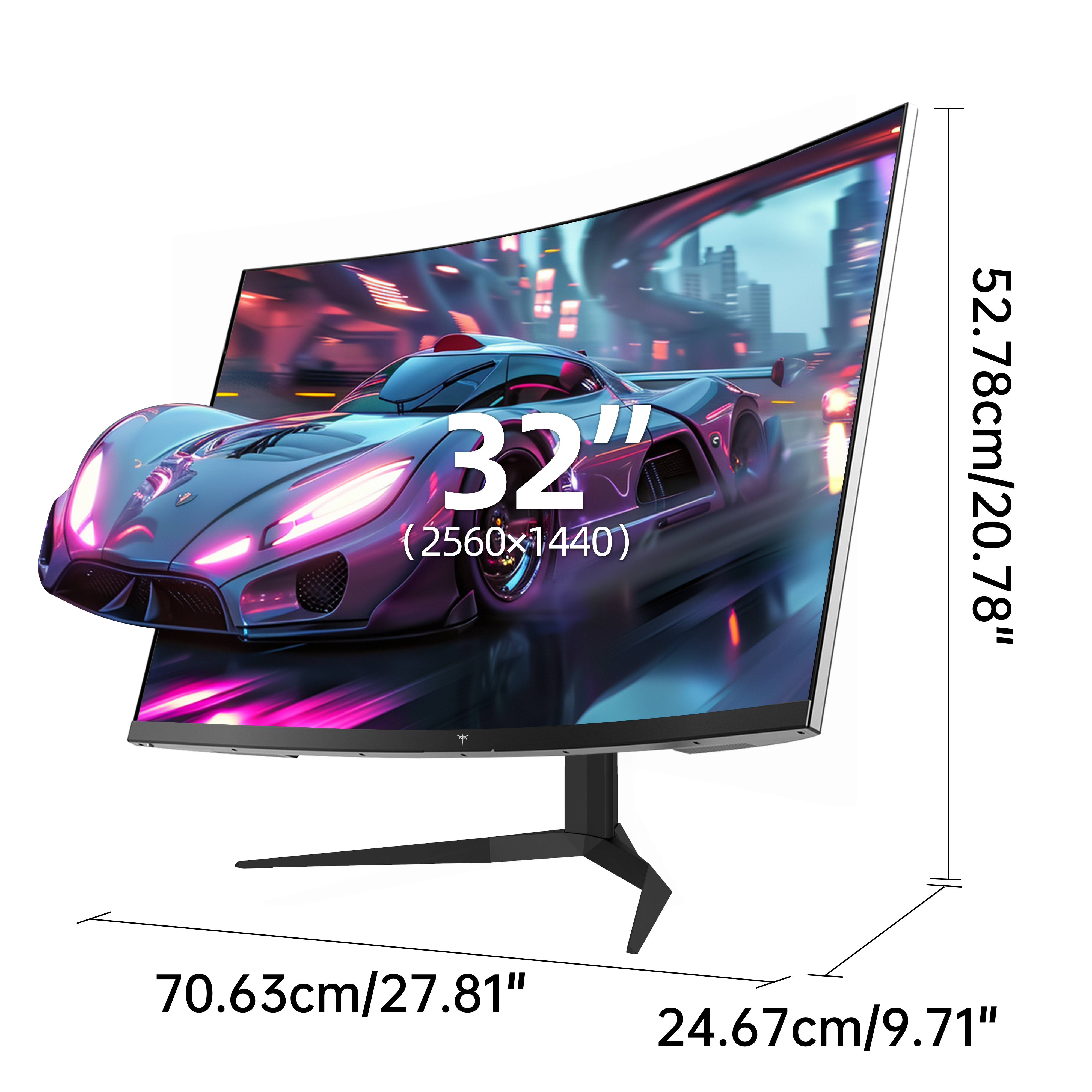Unlock Your Ultimate Gaming Experience: Discover the Perfect Monitor for You!
Choosing the right gaming monitor is essential for any serious gamer. The monitor serves as the window into your gaming world, impacting everything from your visual experience to the responsiveness of your gameplay. An excellent display can enhance your immersion, helping you to not just play the game, but truly experience it. In a market flooded with options, from high-refresh-rate screens to stunning 4K resolutions, it's easy to feel overwhelmed. However, understanding the nuances of gaming monitors can empower you to make an informed decision that elevates your gaming sessions to new heights.

Understanding Gaming Monitor Specifications
When it comes to gaming monitors, specifications are critical in determining the quality of your gaming experience. Begin with resolution, which dictates how sharp the image appears. Common resolutions include Full HD (1920x1080), Quad HD (2560x1440), and 4K (3840x2160). Higher resolutions offer more detail, but require better graphics hardware to run smoothly. Next, consider the refresh rate, measured in Hertz (Hz). A higher refresh rate, such as 144Hz or even 240Hz, allows for smoother motion and can be a game-changer in fast-paced games. Alongside refresh rate, response time is crucial; lower milliseconds (ms) generally mean less motion blur, which is vital for competitive gaming. Lastly, the type of panel—IPS, TN, or VA—affects color accuracy and viewing angles. IPS panels offer excellent color reproduction but can be pricier, while TN panels are typically faster but may compromise on color quality.
Different Types of Gaming Monitors
Gaming monitors come in various types, each catering to different gaming styles and preferences. Ultrawide monitors, with their expansive screen real estate, provide an immersive experience, perfect for simulation games or open-world adventures. High-refresh-rate monitors, often favored by competitive gamers, deliver the smoothest gameplay, reducing motion blur and improving reaction times. On the other hand, 4K monitors are ideal for those who prioritize graphical fidelity and detail, perfect for single-player campaigns that focus on stunning visuals. Additionally, curved monitors can enhance immersion by wrapping the display around your field of vision, making you feel more engaged in the game. Each type of monitor has its unique advantages, so selecting one depends largely on your gaming style and preference.
Factors to Consider When Choosing a Gaming Monitor
When embarking on your quest to find the perfect gaming monitor, several factors can influence your decision. First, your budget plays a significant role; you can find monitors across a wide price range, so determine what you're willing to spend. Size is another factor; larger screens can enhance immersion but may require more desk space. Ergonomics should not be overlooked—consider monitors with height, tilt, and swivel adjustments to create a comfortable gaming setup. Connectivity options are equally important; ensure that the monitor has the necessary ports (like HDMI or DisplayPort) to connect with your gaming system. Finally, consider your gaming habits. Are you a casual gamer who enjoys story-driven experiences, or a competitive player who thrives on fast-paced action? Your gaming style can significantly influence the type of monitor that will best suit your needs.
Comparative Analysis of Gaming Monitor Features
As you weigh your options, it's crucial to conduct a comparative analysis of gaming monitor features. For instance, while a high resolution offers stunning visuals, it may necessitate a more powerful graphics card, impacting overall cost. Similarly, while a high refresh rate enhances gameplay smoothness, if your gaming library consists mainly of story-rich titles, the benefit may not be as pronounced. Consider also the trade-offs between panel types—while IPS panels deliver vibrant colors, TN panels may suit competitive gamers who prioritize speed. By evaluating these features against your gaming preferences, you can make a decision that balances performance, experience, and budget effectively.
Enhancing Your Gaming Setup with the Right Monitor
In conclusion, selecting the best monitor for gaming is more than just a purchase; it's an investment in your gaming experience. By understanding the specifications, types, and essential factors to consider, you can navigate the diverse landscape of gaming monitors with confidence. Remember to reflect on your personal gaming style and preferences as you make your decision. With the right monitor, you can unlock your ultimate gaming potential, immersing yourself in rich visuals and smooth gameplay that truly elevate your gaming sessions. Happy gaming!



